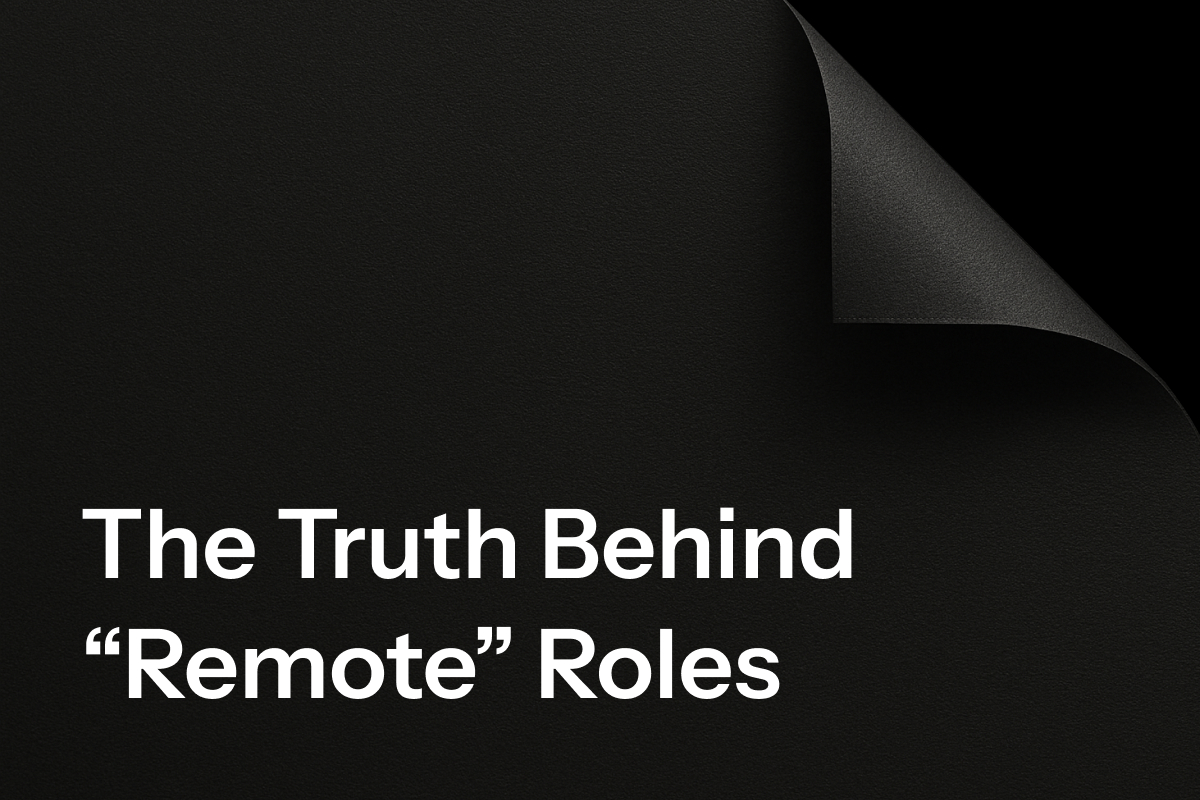A job interview is more than just a series of questions and answers. It is a conversation filled with nuances, underlying emotions, and unspoken concerns. A great recruiter or hiring manager knows that what a candidate says is only part of the story. The real insights often lie in what they do not say or how they say it.
Why Reading Between the Lines Matters
Candidates rarely say outright “I’m not excited about this job” or “I don’t think I’d be a good fit.” Instead, they drop subtle hints, hesitations, vague wording, and deflections that, when properly interpreted, reveal their true feelings. Learning to identify these signals can mean the difference between making a great hire and hiring someone who leaves in six months.
Key Techniques to Uncover the Truth
- Pay Attention to Evasiveness
If a candidate sidesteps a question or gives a vague response, that is a red flag. When asked about why they left a previous job, someone who says “It just wasn’t the right fit” without elaboration may be hiding something. A good follow-up would be “What about it didn’t work for you?” This forces them to provide details they may have been avoiding. - Listen for Overcompensation
Sometimes, candidates over-explain a weakness to make it seem like a strength. For example, a candidate saying “I’m just such a perfectionist; I can’t let things go until they are absolutely flawless” may actually struggle with deadlines or delegation. Instead of taking their words at face value, dig deeper “Can you give me an example of a time perfectionism caused a challenge for you?” - Notice Discomfort in Tone and Body Language
A hesitation before answering, a sudden change in tone, or an awkward pause can indicate an underlying issue. If someone’s energy drops when discussing a particular topic like working in high-pressure environments, they may have had a bad past experience they are hesitant to share. - Compare Their Answers to Their Resume
Discrepancies between what a candidate says and what is on their resume can indicate exaggeration or uncertainty. If someone claims they have extensive leadership experience but struggles to articulate their management style, they may not be as seasoned as they claim. - Identify Patterns in Their Responses
If a candidate repeatedly refers to conflicts with past employers, struggles with teamwork, or challenges adapting to company culture, there could be an underlying issue. When a pattern emerges, it is important to address it directly “It sounds like collaboration has been a challenge in some of your past roles. Can you tell me more about that?”
A Real-World Example
I once interviewed a candidate for a media buying and video production role in the snowboarding niche. On paper, he was a strong fit. His experience matched the job requirements and his portfolio was impressive. However, something felt off during our conversation. Every time we discussed the company’s vision and the snowboarding community, he gave vague, noncommittal answers. When asked about his interest in the industry, he avoided specifics.
Sensing something unspoken, I decided to ask more pointed questions “You seem hesitant when discussing the snowboarding aspect of this role. Is there anything about this industry that makes you uncomfortable?”
He paused and then finally admitted that he had been in a severe snowboarding accident earlier in life. It had left him with a personal aversion to the sport, which explained his reluctance to engage fully with the company’s mission. Had I not picked up on his hesitations, we might have proceeded with a hire that neither he nor the client would have been happy with.
The Bottom Line
Reading between the lines is an essential skill in recruitment. People often reveal more in what they do not say than in what they do. By paying attention to vagueness, tone, inconsistencies, and repeated themes, you can uncover concerns before they become hiring mistakes. The goal is not to interrogate but to understand. A recruiter’s job is not just to fill positions but to ensure a good fit for both the company and the candidate. And sometimes, the most important answers are the ones hidden between the lines.




